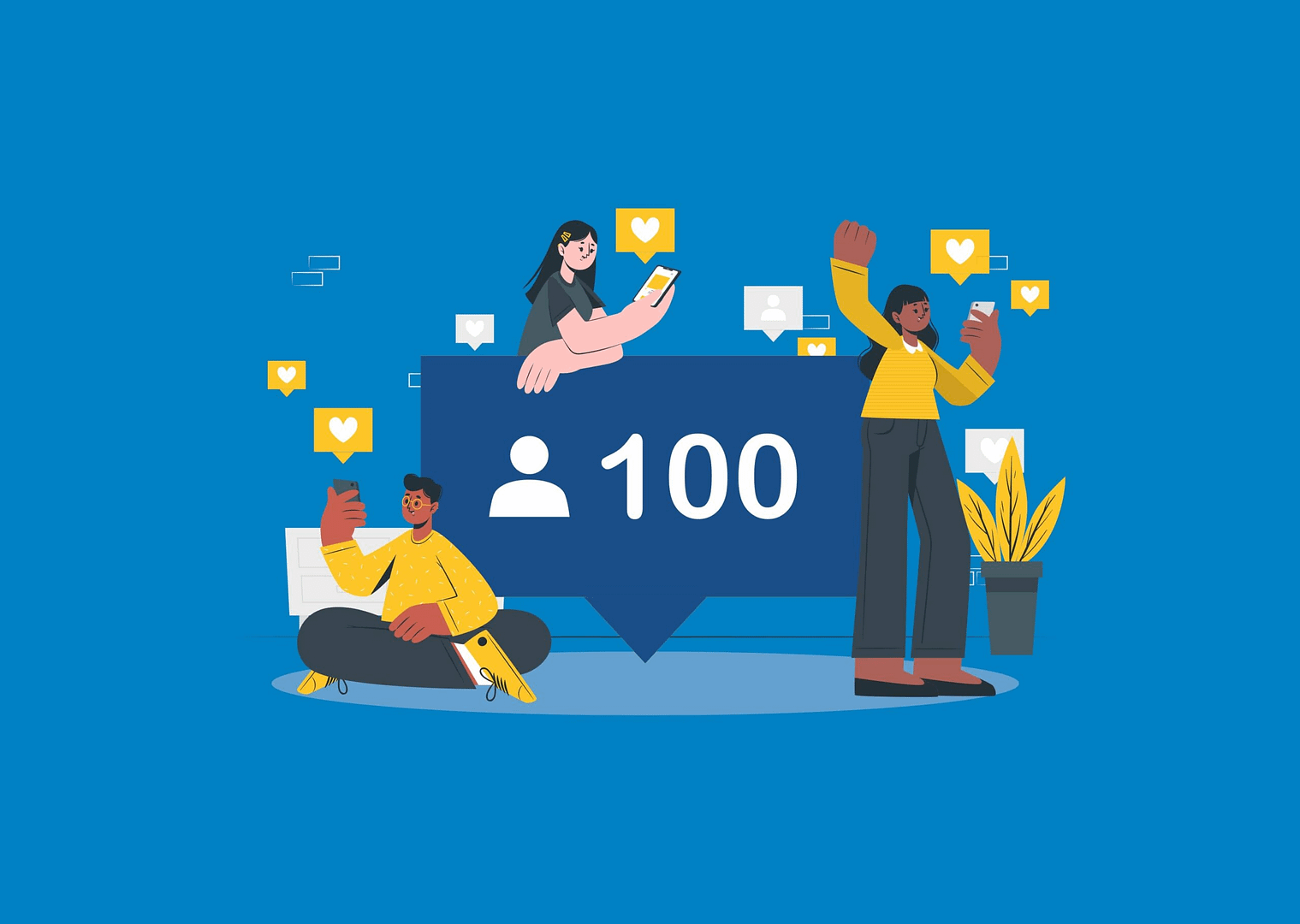Facebook is home to 2.50 billion monthly active users – an eight percent increase year-on-year. People from all strata of life are a part of the Facebook community. Naturally, this social media giant offers a favourable platform for businesses to engage with prospects.
However, it is no secret that Facebook’s organic reach is declining. A BuzzSumo study indicated a 20%+ fall in the engagement of posts on Business Pages and Facebook Groups. This has rendered a wave of worry amongst businesses that are heavily reliant on Facebook.
That’s organic reach, ie, traffic that is finding posts naturally; it isn’t talking about paid advertising reach. So let’s have a look – only a handful of active paid campaigns on the social media platform can dramatically better your page’s engagement metrics. That means if you have not invested anything in paid social, now is the time to do so.
As per a WordStream research, Business Pages that run paid ads, on average, observe:
- 96% more page clicks
- 77% more page fans
- 126% more page impressions
- 111% more friends of page fans reached
While pumping money into your Facebook posts is simple enough, your accounting firm can get the much desired boost it needs on the channel. Adding to that, here are 5 elements of a successful Facebook ad:
1. Objectives
Before you jump right in to creating advertisements, it is important to list the goals you are aiming to achieve through the paid activity. That will help you identify metrics against which you should measure your performance. On Facebook, you can choose one of the three objectives:
a. Awareness
Is your accounting firm looking to promote its end-to-end services? If that’s the case, pick any of these objectives for your paid ads:
- Boost website traffic through Facebook
- Increase followers of your
- Facebook page
- Increase your reach (impressions)
- Boost your posts
The “awareness” model works best when your budget is small.
b. Consideration
If you want your prospects to search more about you, then your goals could look like this:
- Generating attendance for an upcoming event
- Securing 100 downloads of mobile app in 1 month
- Boosting video views
- Generating 10 leads in one week’s time
c. Conversion
If boosting conversions is your main goal, make sure you have a bigger budget. Encouraging prospects to not only show interest in your accounting firm but also make them buy from you is a costly affair. However, if that is your end-goal, these are what your goals can look like:
- Get people to visit your office
- Nudge people to claim your special introductory offer for tax returns
- Increase engagement on your newly-launched mobile app
- Promote a newly-launched advisory service
2. Audience
Any paid Facebook post should be thoroughly optimized to suit the audience preferences. So if you are running ads but no one seems to click, like or share them, you are wasting your time (and money). That is why it is important to choose the right targeting options for your ads.
There are three key ways in which you choose your audience:
a. Demographics
- Location – refine your audience starting with a county, city, postcode or any specific address
- Languages spoken in the area
- Gender
- Age – different age groups, different preferences
b. Interest groups
Facebook does all the hard work here and studies a person’s interests, their activities, the pages they like, and more. There is also a “Connections” setting that allows you to include or exclude people who are connected to certain pages, apps or events. You can also retarget those people who have previously interacted with your accounting firm on Facebook.
c. Ideal audience size
This completely depends on your campaign objective and budget. If you target only 500 Facebook users with a daily budget of £2, the ad will not be successful as the budget is too high for the audience size.
Ideally, the best audience size for your Facebook ads campaign is around 500,000 – 1,000,000 people. This seems to be the sweet spot for Facebook. But when you target over 1,000,000 people, your audience is broad, which in this case, Facebook might ask you to narrow it down.
3. Budget
The basic price of a single ad ranges between £2 to £10 per day. This is usually enough for Facebook for displaying your ad to a wide enough target audience. However, most of the time, businesses run multiple ads every day – all of which share a tiny budget. Avoid that as the tactic never fetches results.
Allocate more money to a single ad for a day to get 3X more impressions in that given period of time. You can set a daily budget and a Lifetime budget for an ad. Facebook will only stop running it once the budget runs out.
4. Advert creation
This is where the fun really begins – the creation bit! There are five types of advert format that Facebook offers:
- Single image
- Single video
- Slideshow (featuring up to 10 images)
- Carousel (2 or more scrollable images or videos)
- Canvas (a combination of images and videos)
But the formats available to you will vary on the objective you choose for the ad campaign.
a. Image dimensions
- Size: 1200 x 628 pixels
- Ratio: 1.91:1
To optimize the delivery, please use an image with little or no overlaying text. You can use the Text Overlay Tool to test if the image is compliant with Facebook’s rules.
Please note if the text on the image is too much, your post will NOT reach the target audience. It is always better to make edits before placing an ad order unless of course, you qualify for an exception such as infographic, book cover, movie poster, app screenshots, and more.
b. Video specs
- Format: .MOV or .MP4 files
- 720p resolution
- 2.3 GB max.
- Recommended aspect ratio: 16:9
- Length: 60 minutes (max)
c. Content anatomy
Even if the image is in sync with Facebook regulations, it is important that the content is engaging and most importantly optimized for better performance.
- Text – optimize the copy that appears above the image with 15 words. Keep it short and snappy.
Headline – use a maximum of 4 words to convey the message. (Hubspot. - Description – this copy should be in continuation with the headline; shorter the better, although you can stretch it to 250 characters.
- Caption – most of the time, it is the URL of the website that goes here.
- Call-To-Action – What do you want your prospects to do when they see the ad? Sign up? Like your page? You have to decide. Facebook gives a number of options; pick one that helps you achieve your “objective.”
5. Ad placement
In Facebook Ads, you have the liberty to choose where you want to display your ad – desktop news feed, right column (desktop. and mobile news feed. To make things easier, Facebook always suggests the most optimized location for the ad – depending upon the objective.
However, you can even choose your own placement if your choice is more convincing to you. Best is to check both the options, especially when the ad is being run for a long period of time.
Mastering paid advertising is tough and requires you to experiment with each of these elements repeatedly. It is not necessary that what worked for a competitor will work for you, and vice versa. Each industry is different, and so is each business. The more you test, the more improvement you will see. This is one rule every advertiser must never forget.
Or best, sign up for a free consultation with us, and get a step-by-step guide on leveraging Facebook marketing for your accounting firm.


